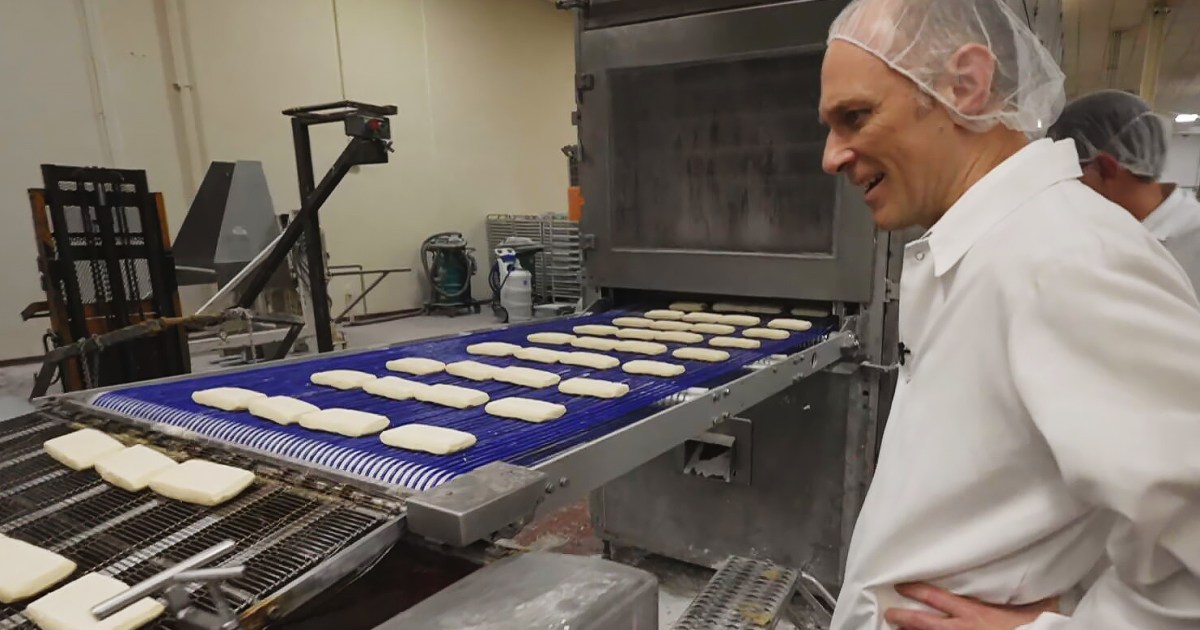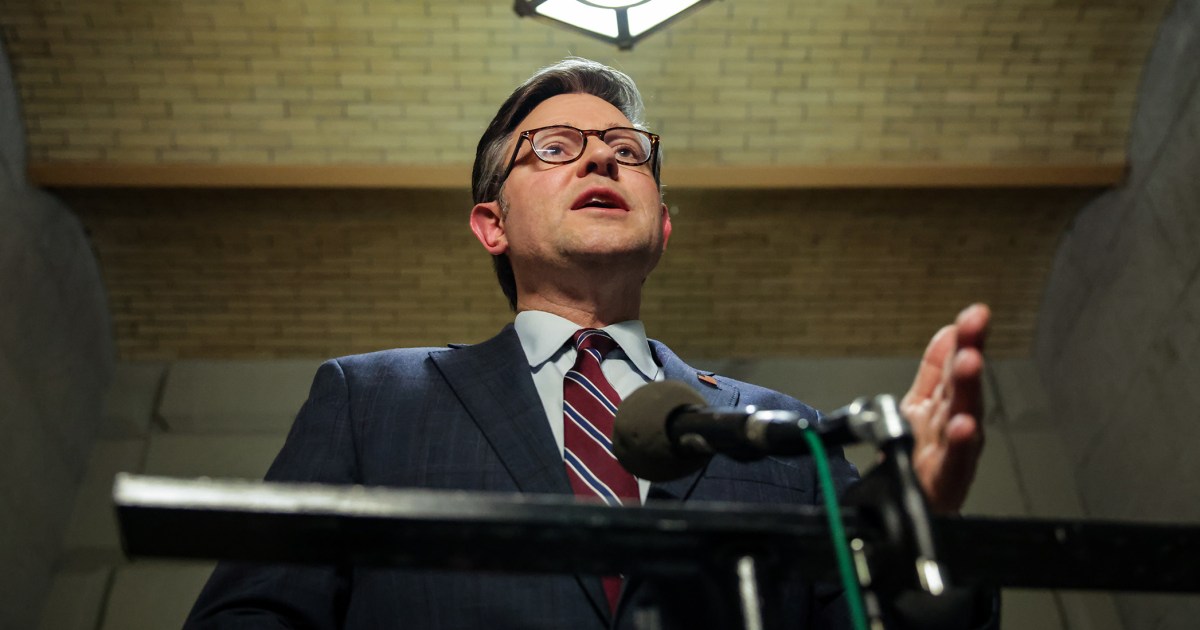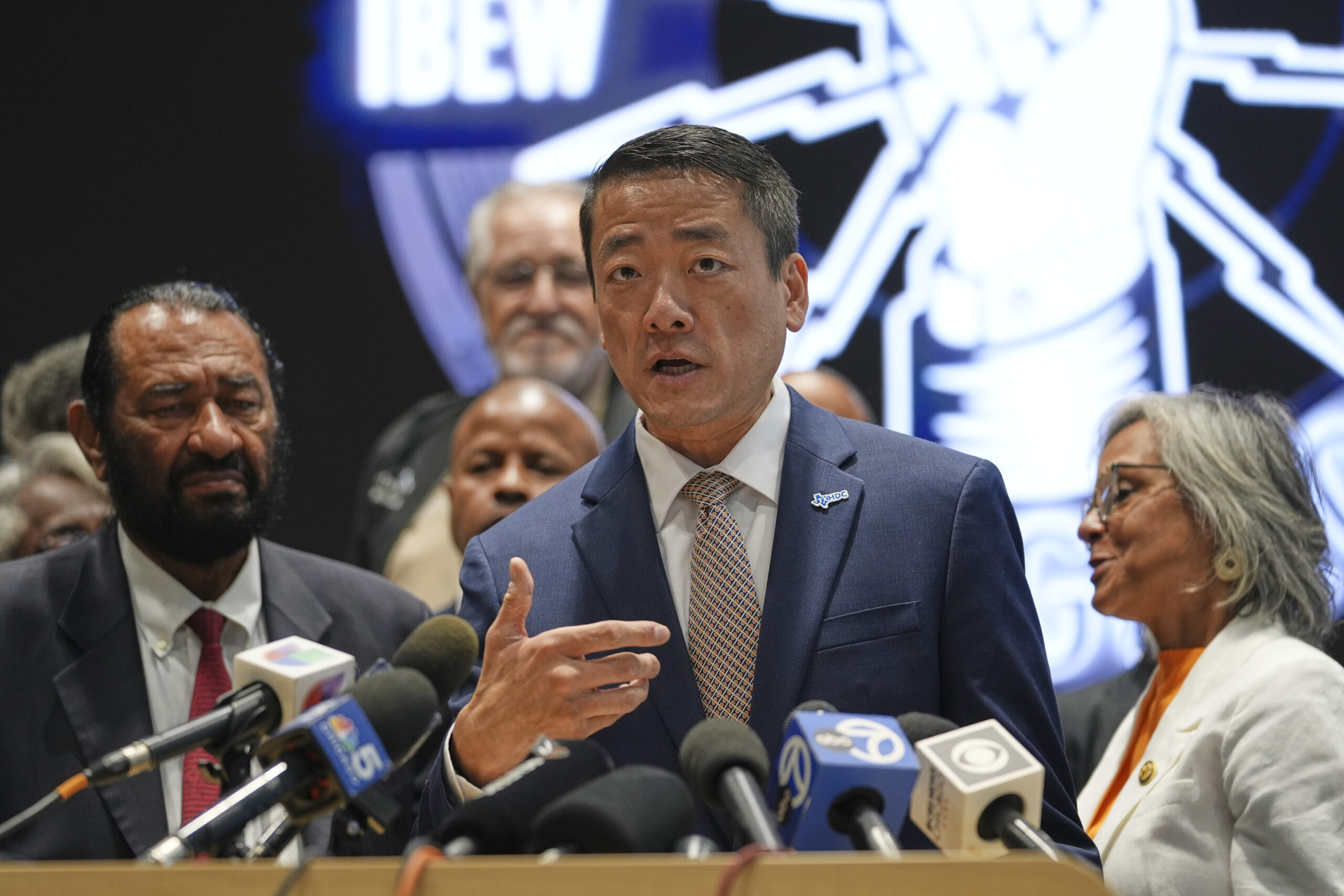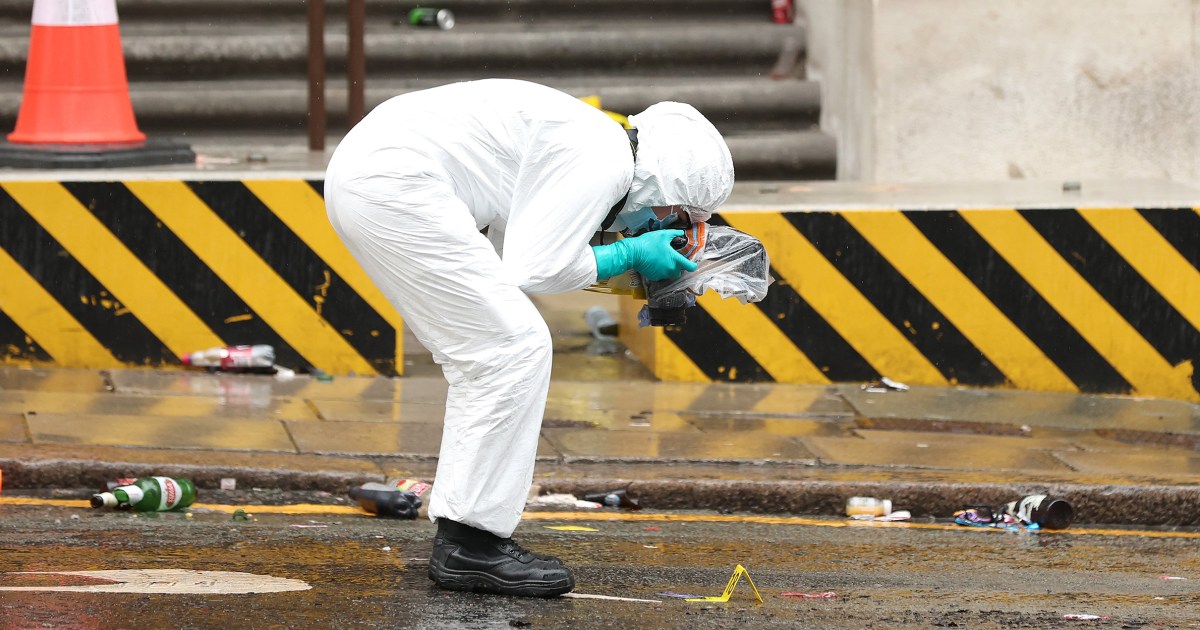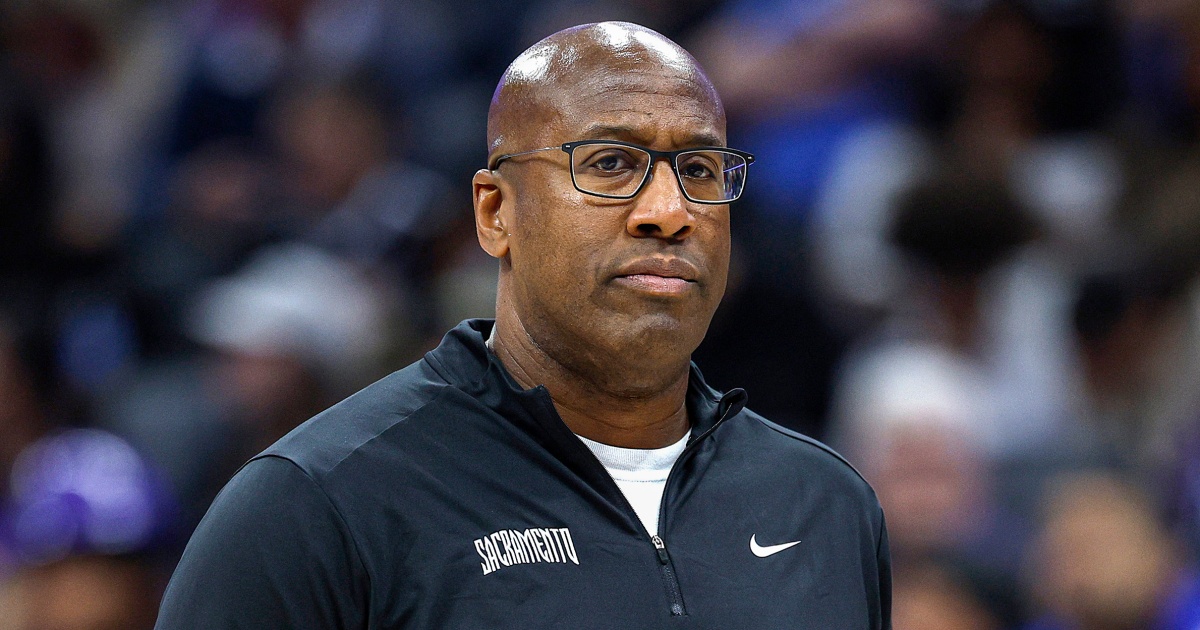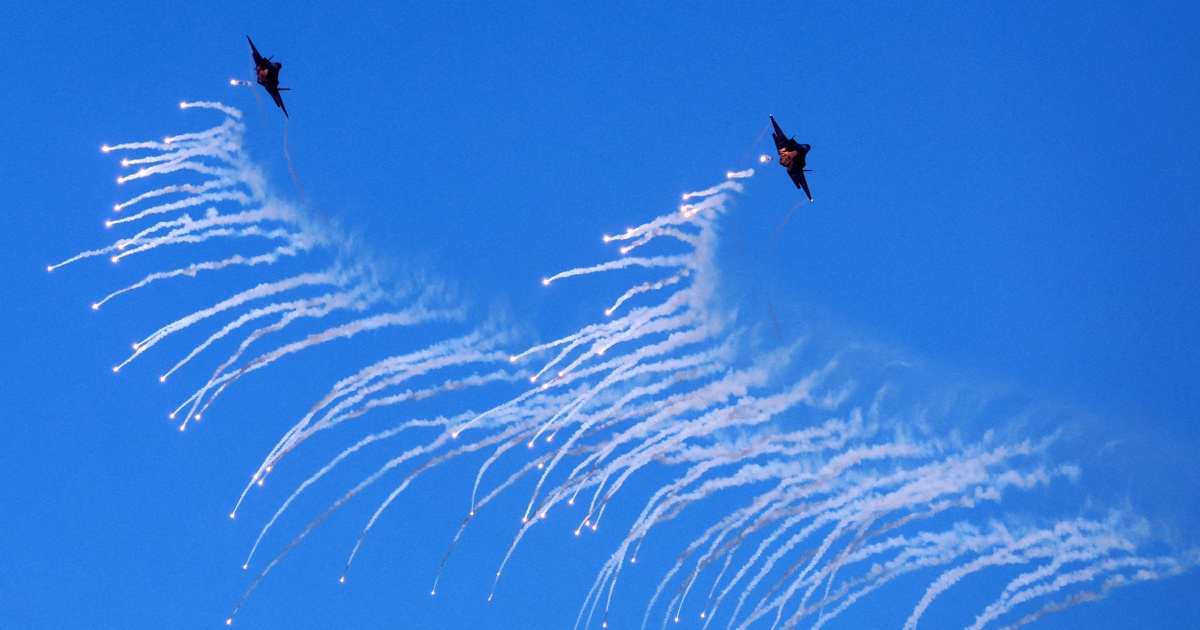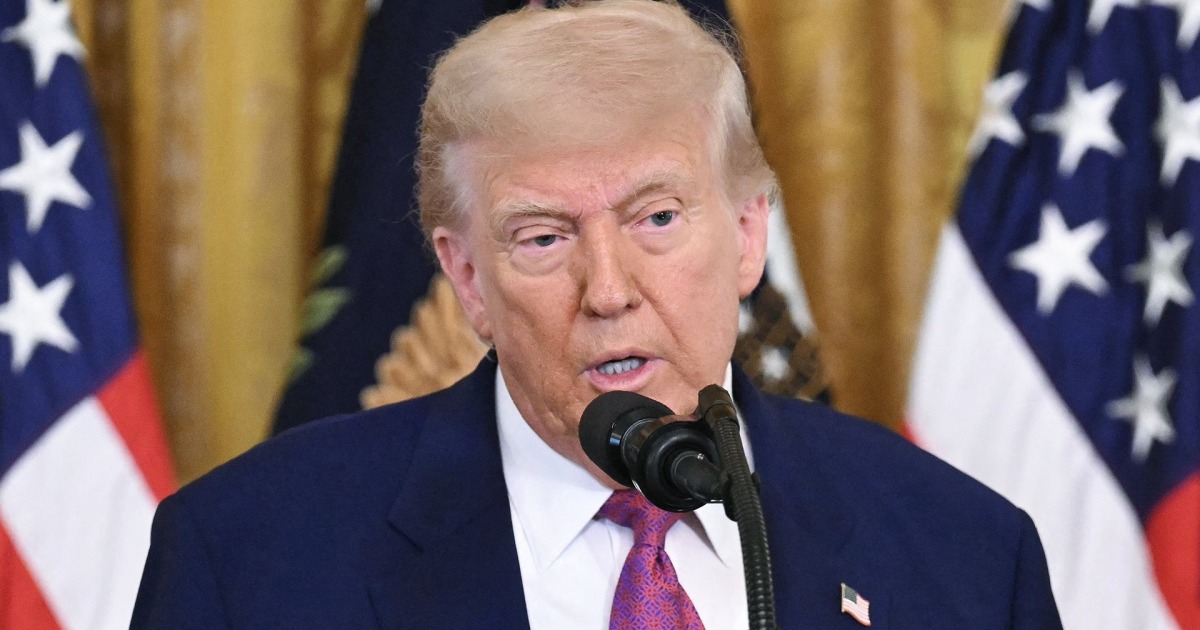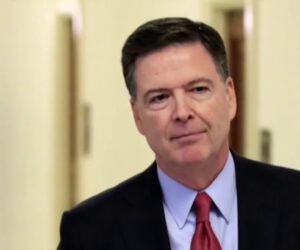What does a donut tell us about the state of the economy?
Chicago Federal Reserve President Austan Goolsbee thought about that Wednesday as he toured Mel-O-Cream Donuts in Springfield, Illinois.
Even inside a donut shop, the effects of tariffs on the economy can be seen. “It’s sort of surprising, because donuts seem like a very local product, and yet they get some ingredients like palm oil that are coming from Indonesia,” Goolsbee said. The Trump administration set tariffs on Indonesia at 19%.
“They have to now figure out what are the tariff rates, and the tariffs went up a significant amount. If that happens, that could have a multi-thousand-dollar impact on their operation,” he continued. But, he added, “I hope it’s not a sign of something more extended or broader in the way that the Covid inflation … generated its own snowballing, in which it was supposed to go away and it didn’t go away.”
That tariff will cost Chris Larson, a co-owner of Mel-O-Cream, “about $4,000 per shipment per week,” he said. And that used to be somewhere “closer to $2,000 to $2,100 weekly. Now it’s going to move up to $4,200 … for the exact same product.”
Goolsbee’s visit matters because he’s one of just 12 people in the country who get to decide what to do with interest rates. The Fed’s rate-setting committee will next decide whether to cut or hold on Sept. 17, and the perspectives of businesses like Mel-O-Cream are instrumental in helping him determine his next vote.
Larson’s hope? That the Fed will cut interest rates, which would help Mel-O-Cream finance new equipment to cut costs in labor and blunt the impact of tariffs.
“What is the cost of money in order to expand, to upgrade, to update? What do those things look like?” Larson said. “Those things do concern us, and we would love to see, as everyone would, the interest rates would come down.”
Goolsbee said he wasn’t yet ready to tie his hands to an interest rate cut in September.
“Let’s get a few months of data before we make any conclusions. The hardest thing that the Fed ever has to do is get the timing right at moments of transition,” he said Wednesday on NBC News’ “Here’s the Scoop” podcast. “I think as we go through this fall, September, November, December, all of those are live moments that we could be cutting rates.”
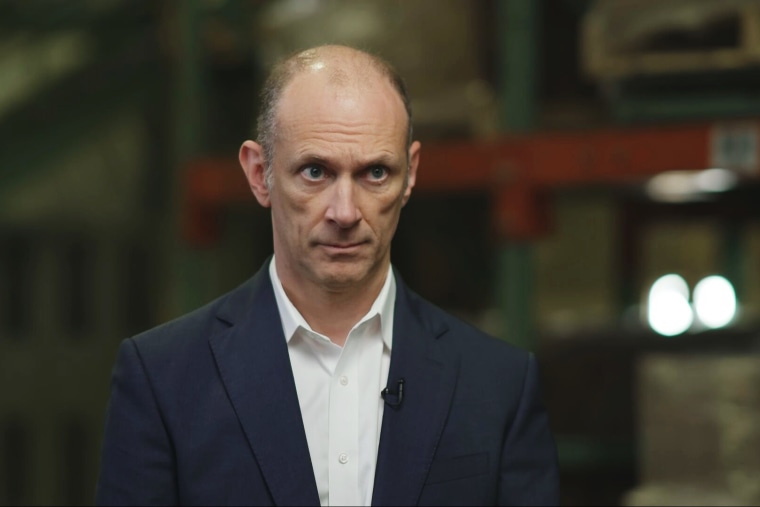
Government data Thursday showed that wholesale prices paid by U.S. companies rose much more than expected. Another measure, the consumer price index, showed Tuesday that inflation remained stubbornly high in July.
The Fed’s target for inflation is 2%, lower than the most recent consumer inflation reading of 2.7% and producer inflation reading of 3.3%. Even with those numbers, the market still anticipates a cut next month.
President Donald Trump’s sweeping tariffs on hundreds of trading partners around the world could affect the cost of most of the imports that businesses buy from overseas. With a myriad of rates as high as 50%, businesses may be faced with a new maze of rates and tariff bills, as well as the uncertainty that comes with the on-again, off-again tariff rollout.
“The Fed, by law, is supposed to maximize employment and stabilize prices. So it’s inflation and employment that are really the twin towers of how we think about setting of rates,” Goolsbee said, underscoring the Federal Reserve’s role in the broader economy.
“There are parts of the job market where there’s still basically labor shortages. It’s very hard for people to find workers. And that’s what you kind of saw here at the donut factory,” he said.
Goolsbee oversees the Seventh Federal Reserve District, which includes Iowa, much of Illinois, Indiana, Michigan and Wisconsin.
Some of his colleagues, including Jeffrey Schmid, of the Kansas City Fed; Alberto Musalem, of the St. Louis Fed; and Beth Hammack, of the Cleveland Fed, are sounding similarly cautious tones about the economy. All three current Federal Open Market Committee voters have said in recent days that it’s either too early to decide or that keeping rates steady for now would be their preference.
The futures market predicts the Fed will cut by 0.25% at its next meeting. But some, including Treasury Secretary Scott Bessent, think the Fed should make a more dramatic cut, by up to a half-point.
Musalem said Wednesday on CNBC that a cut that large would be “unsupported by the current state of the economy.”
Amid unrelenting attacks from Trump and his administration against the FOMC and Chair Jerome Powell, Goolsbee, who was an economic adviser to President Barack Obama, said economic indicators should drive monetary policymaking, not politics.
“The FOMC and my own thinking are that what should drive interest rate decisions should be the economic conditions and the economic outlook,” he said. “I invite anybody to look at the minutes or read the transcripts of the FOMC — the people on that body take extremely seriously that it is the economy that should drive the decisions. And that is what drives the decisions.”
“This is a committee made up of people from a lot of different perspectives. And as I say, they keep track of, word for word, what everyone says at the meetings. And you can look at it yourself.”

